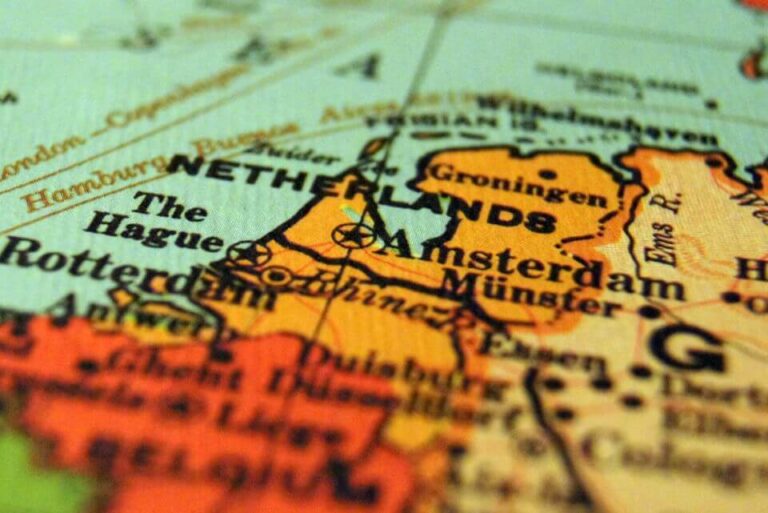Discovering Patras, Greece: Where Ancient Legends Meet Modern Marvels
Nestled along the sun-kissed shores of the Gulf of Patras in western Greece, the city of Patras beckons with a vibrant tapestry of history, culture, and innovation. As the third-largest city in Greece, Patras is a captivating blend of ancient legends and contemporary marvels.
From being the birthplace of the Olympic Games to hosting the world’s grandest carnival, Patras offers a journey through time and a taste of the modern. Join us as we delve into the heart of this coastal gem, unveiling its storied past, dynamic present, and the allure that makes it a must-visit destination.
Recommended: Exploring Kalabaka, Greece
Patras History
Patras, a picturesque port city nestled on the Gulf of Patras in western Greece, is not only the capital of the Peloponnese region but also the third-largest city in the country. With a population exceeding 215,000 people, Patras boasts a rich history that spans over four millennia. Its origins date back to the 13th century BC when it was established by the Achaeans. Over the centuries, it evolved into a thriving hub for trade and culture, flourishing particularly during the Roman and Byzantine eras.
In the 13th century, the city fell into the hands of the Franks and subsequently became the capital of the Principality of Achaea, remaining under Frankish rule for over two centuries. In 1460, the Ottoman Turks conquered Patras, and it remained under their dominion for nearly four centuries. During this period, while the city’s overall significance waned, it continued to be a pivotal port and commercial center.
The 1821 Greek War of Independence saw Patras at the forefront of the battle, and in 1828, the city was liberated, marking its integration into the newly formed Kingdom of Greece. The 19th and 20th centuries witnessed rapid growth and development, transforming Patras into a major industrial and trade hub, particularly with Italy and Western Europe.
Today, Patras stands as a modern and dynamic city, functioning as a vital commercial and transportation nexus. It also enjoys popularity as a tourist destination.
Recommended: Kastoria, Greece
Patras Population
As of the 2021 census, Patras boasts a population of 173,600 within the city limits and 215,922 inhabitants within the municipality. With its history extending back millennia, Patras has evolved into a cosmopolitan hub, acknowledged for its historical significance, including being associated with the Christian tradition of Saint Andrew’s martyrdom.
Furthermore, it’s often referred to as Greece’s ‘Gate to the West,’ as its bustling port plays a crucial role in trade and communication with Italy and Western Europe.
Recommended: Larissa, Greece
Patras Landmarks
Patras is renowned for its historical and cultural landmarks that reflect its rich heritage. Some of the notable sites include:
- The Patras Castle: Erected in the 13th century by the Franks, this medieval castle offers breathtaking vistas of the city and the Gulf of Patras.
- The Church of Agios Andreas: This impressive church is dedicated to Saint Andrew, the city’s patron saint. It stands as one of Greece’s largest churches and is admired for its stunning Byzantine architecture.
- The Rio-Antirrio Bridge: As one of the world’s longest cable-stayed bridges, this engineering marvel connects Patras to the Peloponnese peninsula, to the south.
- The Patras Archaeological Museum: This museum houses a vast collection of artifacts that illuminate the city’s extensive history, stretching back to the Bronze Age.
Facts
- Olympic Games Birthplace: Patras holds the honor of being the birthplace of the Olympic Games, which had their inaugural occurrence in the city in 776 BC.
- World’s Largest Carnival: Every February, Patras hosts the world’s largest carnival, a vibrant and lively celebration that draws visitors from around the globe.
- University of Patras: The city is home to the University of Patras, one of Greece’s most prominent and prestigious educational institutions.
- Agricultural Hub: Patras serves as a major center for the production of agricultural goods, including wine and olive oil, contributing to the rich Greek culinary tradition.
Conclusion
Patras, Greece, stands as a vibrant city with an extensive historical tapestry and a wealth of cultural landmarks. It beckons travelers to explore its rich heritage, indulge in Greek culture, and savor the picturesque beauty of the region. With a bustling port, educational prestige, and agricultural significance, Patras is an essential destination in the heart of Greece.
FAQs
Q: When is the best time to visit Patras?
A: The ideal times to visit Patras are during the spring or fall when the weather is pleasant and sunny. Summers can be hot, and winters may bring rainfall.
Q: What can I do in Patras?
A: Patras offers a diverse array of activities, from exploring historical and cultural landmarks to enjoying the vibrant carnival, shopping at local markets, and experiencing the city’s lively nightlife.
Q: How can I reach Patras?
A: Patras enjoys excellent connectivity via air, bus, and train, making it accessible from various parts of Greece. Additionally, there are regular ferry services connecting Patras to Italy and other Western European countries.
DID WE MAKE A MISTAKE?
Submit a correction suggestion and help us fix it!
- Exploring Ohio: Unveiling the Gems of the Buckeye State - May 11, 2024
- Exploring the Ancient Marvel: Corinth, Greece - May 8, 2024
- Discover Acharnes: Where Ancient History Meets Modern Vitality - May 8, 2024







